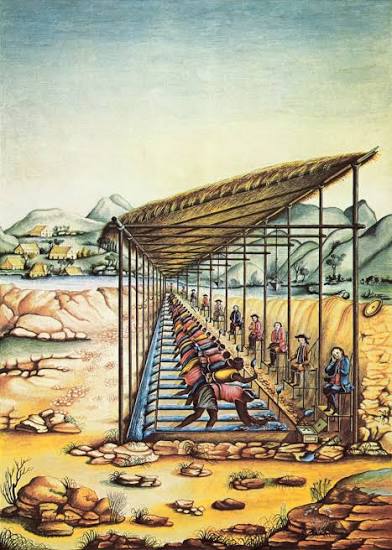
The Dark Side of Conflict Diamonds
Share
Here's how conflict diamonds are linked to modern slavery:
- Forced Labor: In diamond-rich areas controlled by rebel groups, civilians, including children, are often forced into labor under brutal conditions to extract diamonds.
- Funding Violence and Exploitation: The profits from conflict diamonds are used to purchase weapons and continue violent conflicts, perpetuating a cycle of exploitation and abuse against the local population.
- The Kimberley Process Certification Scheme (KPCS) was established to prevent conflict diamonds from entering the mainstream diamond market by certifying the origin of rough diamonds. However, the KPCS has been criticized for its narrow definition of "conflict diamonds," which focuses solely on revenue funding rebel groups and doesn't adequately address human rights abuses or forced labor by governments or state-sponsored militias.
Key facts about conflict diamonds and forced labor:
- Conflict-affected countries: Countries like Sierra Leone, Angola, and the Democratic Republic of Congo have been heavily affected by conflict diamonds and associated human rights abuses.
- Child labor: The U.S. Department of Labor has documented the production of diamonds with child labor in countries like Angola, the Central African Republic, the Democratic Republic of the Congo, Guinea, Liberia, and Sierra Leone.
- Modern slavery: Severe exploitation and forced labor practices persist in the diamond mining industry, even in countries not experiencing active civil war.
-
Kimberley Process limitations: The KPCS does not require companies to conduct robust human rights assessments, leading to concerns about diamonds mined through modern slavery being certified as conflict-free.
While the Kimberley Process has reduced the flow of diamonds used to fund rebel wars, concerns remain about human rights abuses and forced labor within the diamond industry. Consumers are increasingly aware of these issues and are seeking ethical alternatives like lab-grown diamonds.
